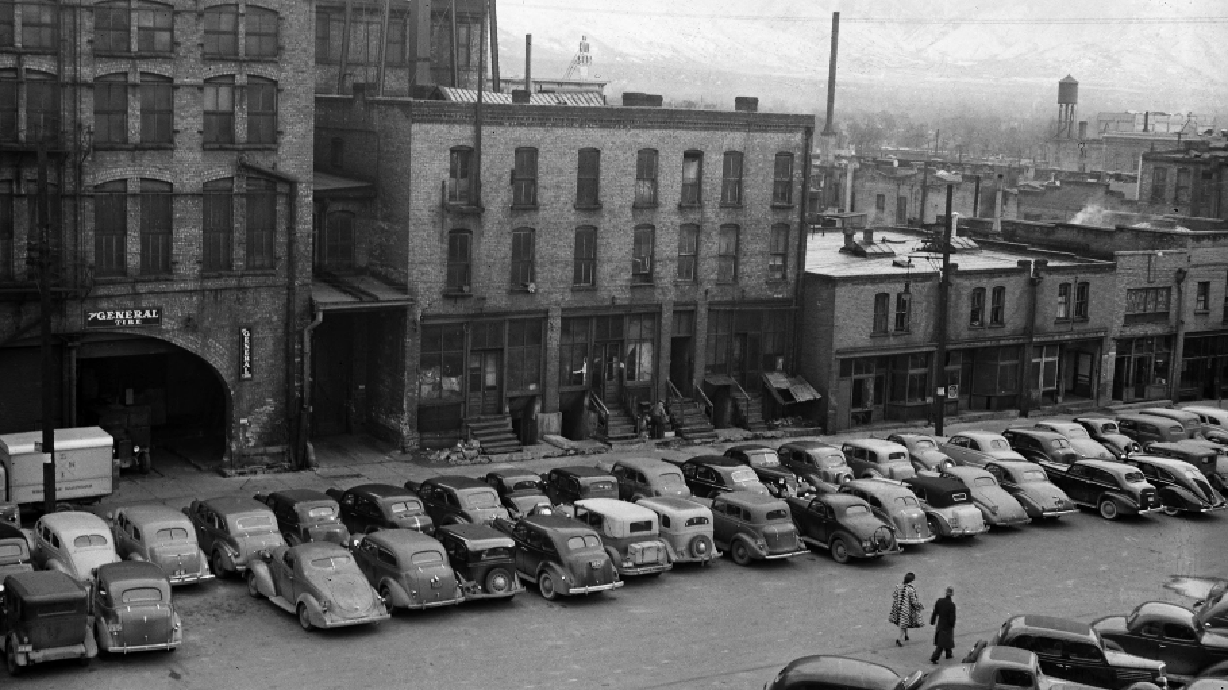Estimated read time: 2-3 minutes
This archived news story is available only for your personal, non-commercial use. Information in the story may be outdated or superseded by additional information. Reading or replaying the story in its archived form does not constitute a republication of the story.
SALT LAKE CITY — Plum Alley in downtown Salt Lake City is hard to miss these days, considering how the small street is swamped by parking garages; however, the alley is rich in Salt Lake cultural history.
Plum Alley connects 200 South with Orpheum Avenue that runs between Main Street and State State. While it isn’t much, it once held the city’s mini Chinese community — stores, laundries and restaurants.
Celebrations for Chinese New Year were also frequent.
Chinese immigrants first came to Utah through the construction of a Central Pacific rail line from Sacramento to Promontory. More than 12,000 Chinese workers were hired at one point during that construction. The workers were paid anywhere from $27 to $30 a month and had to pay for boarding — less than the $35 per month Irish workers were making at the time and boarding was provided for them.
Their meal habits, though, kept them healthier — such as drinking warm tea instead of unclean water, which helped them prevent dysentery.
The workers gained praise for how reliable and resourceful they were. And in the end, the Chinese workers were instrumental in building the transcontinental lines that were connected at Promontory Summit.
After the railroad industry diminished, many of the Chinese workers who remained in Utah moved south from Promontory and surrounding areas to Salt Lake and some even to Park City, which once thrived as a mining town.




According to the 1890 census, 271 Chinese people lived in Salt Lake. When the migration from Box Elder County came, Plum Alley became the Chinese district in Salt Lake. The area grew constantly until the 1930s into more than 1,000 people.
There isn’t anything left of what used to be the old Plum Alley — though the alley still exists. Nearby Regent Street in downtown Salt Lake honors Plum Alley in its sidewalk full of other historic notes from history.











